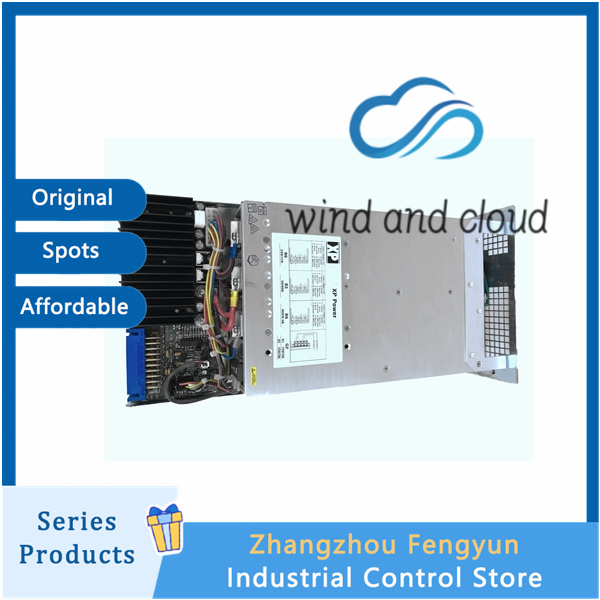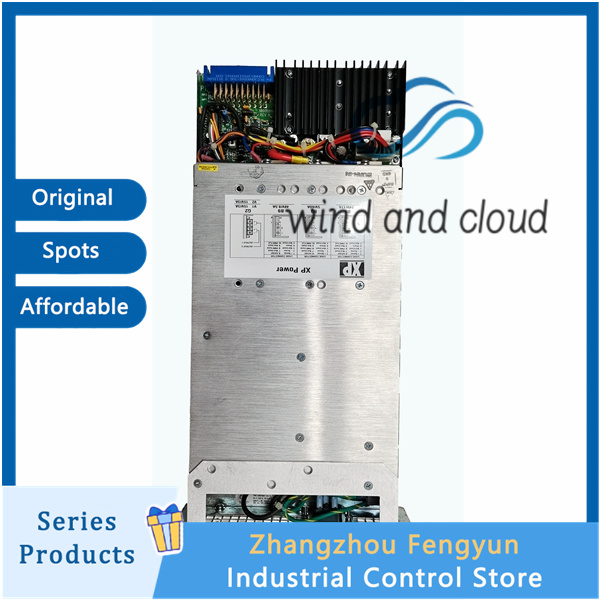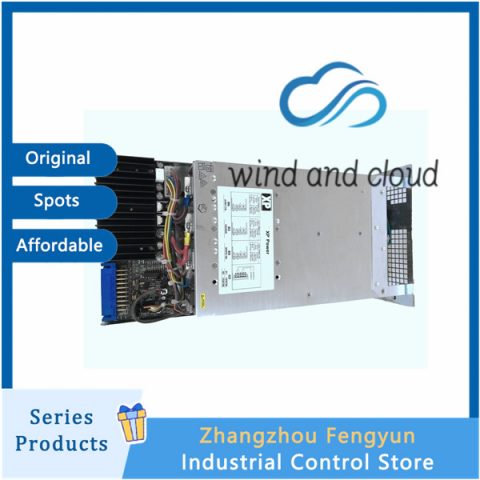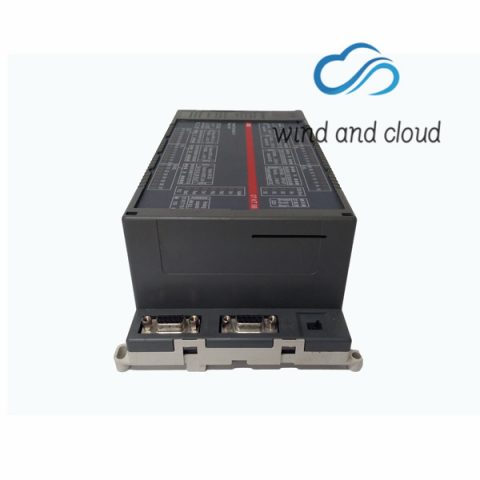- AAll products on this website are discounted products, and market prices have been fluctuating. Please refer to customer service quotes for details. Pictures are not actual photos. Before placing an order, please confirm the model, product, price, and other detailed information with customer service. Both second-hand and brand new products are available for sale on this website. Please contact customer service for further communication.
ABB PM665 3BDS005799R1|Device Tensiometer|

-
- It is increasingly and urgently obvious that the world needs to move toward green, renewable
energy sources. Key in realizing this infrastructure are energy-conversion devices such as
hydrogen fuel cells and water electrolyzers. As their name suggests, these devices allow energy to
be converted from one form (a fuel) to another (electricity), and vice versa, enabling a distributed
and modular energy network. The efficiency and cost of these devices have vastly improved over
the last few decades, but those gains (in particular for fuel cells) have stagnated in recent years due
to performance limitations and high costs associated with their catalyst layers (CLs). This
dissertation focuses on fuel-cell CLs, although the fundamental principles and insights gained are
applicable to electrolyzers and other energy-conversion devices that rely on similar CL paradigms
and architectures. - CLs are heterogeneous porous electrodes comprised of agglomerates of catalyst particles (typically
platinum supported on carbon), ion-conducting polymer (ionomer), and void space. The
microstructure of the CL, including the size of the agglomerates, the ionomer coverage,
porosity/tortuosity, etc. controls the complex gas, liquid, ion, and electron transport networks and
impacts the overall kinetic, ohmic, and mass-transport performance of these devices.
Characterization efforts have spanned micro-, meso-, and macro-scale techniques to probe
structure-property-performance relationships of the CL. - CLs are made from precursor CL inks, which are colloidal dispersions of the ionomer and catalyst
particles, dispersed in solvent. CL studies are complicated by the multiple material types used
(varying ionomer chemistry, catalyst loading, carbon support type, solvents) and disparate ink
deposition and drying methods that render no two CLs alike; this makes it difficult to compare
across these different studies. Additionally, within the community, CL fabrication has traditionally
been treated as a black art, and the details of the fabrication process (ink composition, casting
method, etc.) are typically inconsistently reported, because emphasis has been placed on
understanding CL properties and performance and not the forces controlling that formation
process. However, it is increasingly clear that simply being able to characterize CLs is not enough. - To enable predictive control and rational design of CLs, it is vital to understand how and why (in
addition to what) specific microstructures form. - This dissertation sets out to uncover systematically the underlying fundamental interactions
between the ink components in solution, which ultimately govern CL microstructure (agglomerate
structures and sizes, ionomer coverages, etc.) and performance once cast. We begin by introducing
all relevant parameters in the CL ink fabrication process and conducting a literature-based
parameter screening to test correlation between ink variables and performance metrics. The
analysis reveals that while no single parameter is controlling, solvent identity and ionomer-tocatalyst-particle ratio correlate well with performance metrics. This suggests ionomer/solvent,
ionomer/particle, and ionomer/solvent/particle interactions merit further investigation.
- It is increasingly and urgently obvious that the world needs to move toward green, renewable
ABB PM665 3BDS005799R1|Device Tensiometer|
By structuring the information in this manner, the article provides a clear and organized understanding of input channels, transducer supply, and communication implementations in distributed control systems.
Zhangzhou Fengyun’s main products include ABB, GE, Bently Nevada Bentley, ICS TRIPLEX, Honeywell, Schneider, EPRO, yokogawa Yokogawa, Woodward, EMERSON, Emerson, and Invensys TRICONEX, which have abundant inventory, fast delivery, and reliable quality.





There are no reviews yet.